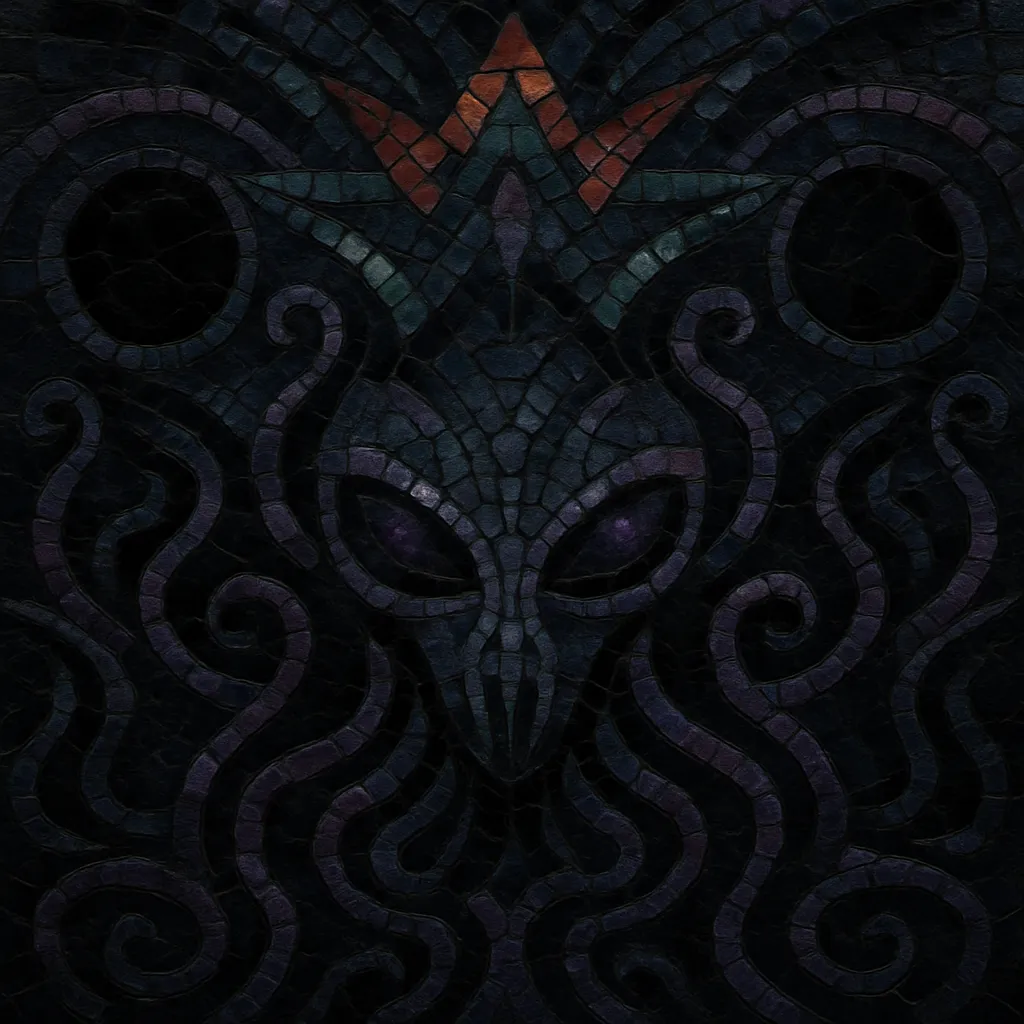Dark psytrance (often shortened to darkpsy) is an intense, nocturnal branch of psychedelic trance characterized by fast tempos, ominous atmospheres, and dissonant, abstract sound design.
It typically runs around 148–160 BPM, featuring a relentless four-on-the-floor kick, rolling sub-bass, and densely layered FM/acid synth textures.
Harmonic content leans toward minor modes, chromatic movement, and atonality, with drones, clusters, and horror-tinged foley to evoke a sense of unease.
Arrangements are long-form and narrative, with evolving textures, sparse breakdowns, and a focus on hypnotic propulsion suitable for late-night or forest dancefloors.
Dark psytrance crystallized in the early 2000s as a harder, more ominous counterpoint to brightly melodic Goa and psytrance. Producers and crews in Russia and neighboring Eastern European scenes—along with parallel circles in Germany, Scandinavia, Greece, and Israel—pushed tempos higher and timbres darker, favoring dissonance, FM squelches, and horror-inflected atmospheres.
Boutique labels and collectives were crucial. Parvati Records (Denmark) and Insomnia Records (Russia) championed the sound globally, while imprints such as Acidance (Greece), Trishula (Netherlands), Yabai (Japan), and Tantrumm (US) circulated defining releases and compilations. Underground festivals and forest gatherings provided ideal late-night contexts where extended, hypnotic sets could unfold.
By the mid-2000s, the genre’s signatures—148–160 BPM, rolling sub-bass, rattling percussive webs, and atonal leads—were widely codified. Producers experimented with granular and FM synthesis, ring modulation, and spectral processing to sculpt “cold,” mechanical timbres and surreal, otherworldly space.
Darkpsy directly fed into adjacent styles: forest psytrance emphasized organic, woodland textures and polyrhythms; hi-tech accelerated tempos and complexity to maximalist extremes; night full-on hybridized full-on’s punch with darker tonalities; and psycore stretched the envelope into even harsher territory. The genre remains a nocturnal mainstay at psy gatherings around the world.


